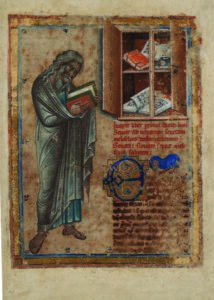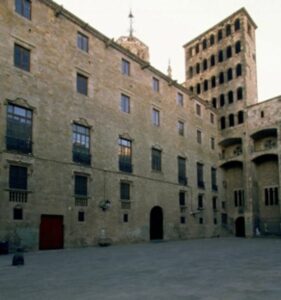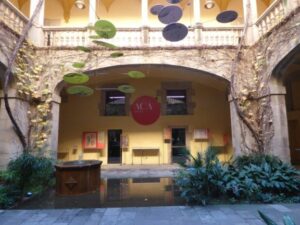After more than two years of work in the preparation of the three transmedia exhibitions included in the European Digital Treasures project, we are approaching the opening of the first of them, The construction of Europe – History, Memory and Myth of Europeanness over 1000 Years, that will take place next June 29th 2021 at the Archive of the Crown of Aragon (Spain).

This exhibition tells the story of Europe along with its construction as a concept, which has changed over time. Created and shaped by the people who lived there, it also provides a collective identity for its inhabitants.
The exhibition, built on 50 documents grouped into 4 ‘pillars’, examines the common history of Europe under the following headings:
1: The Spirit of Europe.
2: The Diversity of Europe.
3: The Multiple Faces of Christianity.
4: The Heritage of Enlightenment.
Different transmedia interactive products have been created (4 videogames, 1 edutainment app, digital catalogues, augmented reality technology) to tell the stories of our shared past to the public – to young and old, to history enthusiasts and expert historians, to unexpected and anticipated user communities of archives.

It is very significant that the venue of this first exhibition regarding the construction of Europe is the Archive of the Crown of Aragon, which is one of the oldest archival institutions in Europe and considered to hold one of the largest and most valuable document collections of medieval Europe. In March 2015 it was awarded the European Heritage Label by the European Commission due to the role it has played in the history and culture of Europe. This distinction is only held by 48 institutions throughout Europe.
The Archive of the Crown of Aragon is a state-owned archive that is managed directly by the Ministry of Culture and Sport of Spain and it brings together more than seven centuries of history between its walls.
The purpose of the Archive of the Crown of Aragon is to safeguard, preserve, organise and divulge the documentation which, proceeding from different institutions, has been building up in its repositories over seven centuries and now belongs to the Spanish Historical Heritage.

The Archives of the Crown of Aragon contain documents of the Counts of Barcelona and the Kings of Aragon dating from the 9th to the 18th century as well as other documents from various civil and ecclesiastic bodies. The Archive was created by a royal decision of Jaime II of Aragon in 1318 in the premises of the Royal Palace, situated in Plaza del Rey.
Since 1853 the Palace of the Viceroy has been the headquarters of the Archive of the Crown of Aragon. It was built between 1549 and 1557 by master Antoni Carbonell, and it is listed in the Historical and Artistic Buildings Index of Barcelona, and as a National Monument. Its origins lie in a decree of the Cortes held by Emperor Carlos V at Monzón in 1547 creating this extension to the Palacio Real Mayor as the seat of the Viceroy of Catalonia.

The Palace of the Viceroy was restored in 2006 and since it reopened after renovation works in January 2007, it has been used for teaching, specialist research and educational activities, with guided visits to the historic areas and the temporary exhibition room, where the history of the Archive and its collections are explained. It also has a Teaching Room for workshops and training courses and a Conference Room with seating for 120 people.
Text: Spanish State Archives
